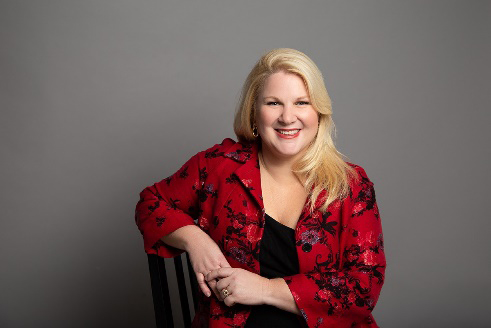Save senior centers for current and future users
(Pictured: The city of Tacoma plans to close Lighthouse Senior Center after Jan. 30.)
By Nancy Newman Chapa
On any given day, step through the doors at any senior center in Tacoma and you will enter more than just a building. You will immediately feel welcomed. The volunteer receptionist at the desk will greet you warmly. As you are checking in, you get a sense that you might be home.
There may be several classes going on simultaneously, or it might be a quiet morning where folks are sitting in small groups, sharing coffee and conversation. The variety of class offerings is impressive and the participants are motivated. Strength and Balance, Stretch and Dance, Tap, Line Dancing, Art Classes, Music Lessons, Sing Alongs, Yoga, Meditation, Tai Chi or Martial Arts. Instructors tailor their programs to the needs of their senior students.
You will see folks visiting, laughing, singing, and helping each other. There are jigsaw puzzles to be assembled; card and boxed games to play; and a library to peruse. There are seminars pertinent to health and safety. The Food Rescue Program offers food seniors can take for home meals, and the Catholic Food Service volunteers prepare and serve nutritious lunches in a warm and inviting environment.
More than the diverse offerings at Beacon, Lighthouse and Point Defiance-Ruston senior centers, it is the volunteers, instructors, and directors who have built a secure foundation balanced with caring, warmth, expertise, and professionalism. They have nurtured a community.
We are a unique community. Our life experiences continue to help us grow, even as we add candles to our years. We know keenly the adage, “Life is short,” grows closer every day.We support each other. Health challenges, hardships, and loss occur in our community, more so than most. When one of our friends doesn’t show in our class, concern grows. We ask our group, Has anyone talked to…..? Imagine our grief when someone reports that a spouse died or that our friend fell ill or had an accident. Also, know our relief when we learn our friend will be okay. Cards are passed around and signed, and when she/he finally returns, we are, once again, complete.
We are family.
Our family is in jeopardy. The City of Tacoma has decided to close our precious centers. They are breaking up our families in order to address a $24 million deficit in the city budget. They think that by handing the job over to Metro Parks Tacoma, they will have the freedom to repurpose or sell buildings.
This decision was made without the input of those most affected by their actions. In a short period of time, we have learned about the federal laws that protect us through the Older Americans Act. We believe that this law protects our right to the quality of life that our senior centers provide.
We’re running out of time. The city plans to close Beacon and Lighthouse. Saving our senior centers insures not just the quality of life left in our years; it preserves those of every future senior in Tacoma,
Please help all of us. Contact your City Council, state and national legislators. If you can contribute your talent or resources to our cause, thank you.
Nancy Newman Chapa is among advocates of maintaining Tacoma’s senior centers.

